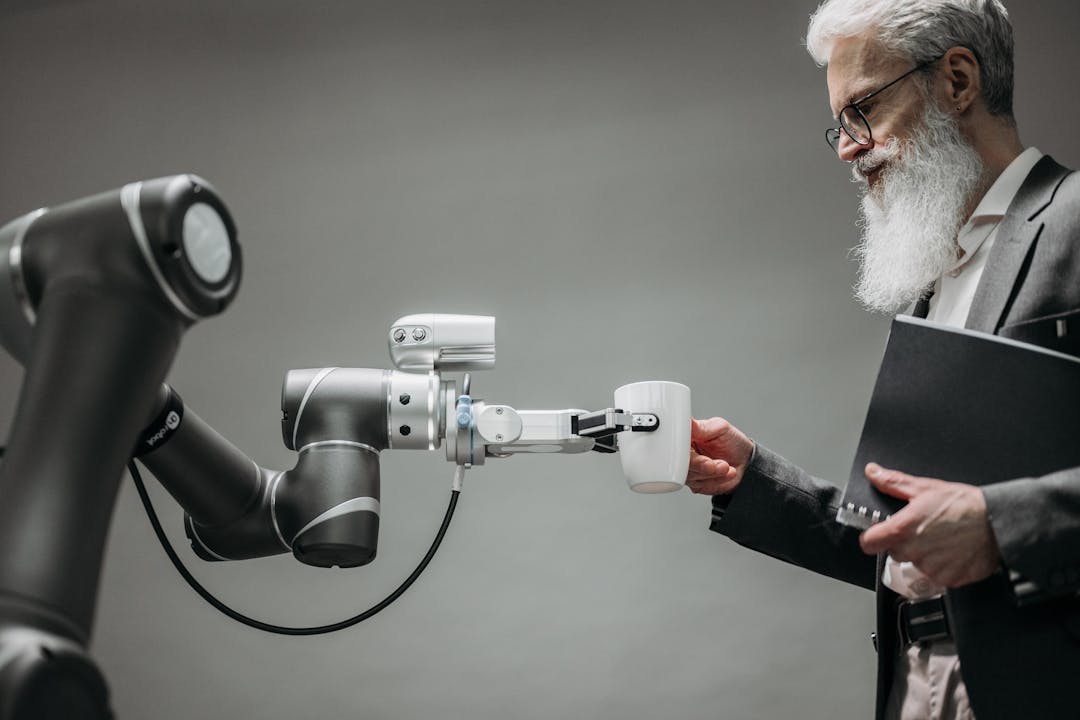Fostering Young Tech Innovators Through Cultural Connections

As our world becomes increasingly interconnected through technology, we can't lose sight of the vital bridge that culture and language provide. This is especially true when it comes to the booming tech sector in China and the innovative Chinese people driving groundbreaking advancements daily.
That's why exposing kids to Mandarin early through language programs like Chinese classes for kids and mandarin classes for kids is so powerful. We're not just teaching vocabulary and syntax - we're unlocking entire worlds of context and perspective.
Chinese Culture and Young Tech Innovators
I'll never forget my nephew's face lighting up the first time he learned to write his name in Chinese characters. The patience and focus it took for his little hands to meticulously recreate each stroke resonated so deeply with the discipline required for skills like coding. It wasaculture lesson wrapped in a linguistic one.
From artificial intelligence to renewable energy, China continuously pushes technological boundaries. Having the ability to tap into that current of innovation by understanding the cultural context is an amazing gift to offer the next generation.
My friend's daughter is already putting her Mandarin classes for kids lessons to use by watching Chinese coding tutorial videos online. She may be 8 years old, but she's developing the multilingual, multimedia literacycraved in our digital age. Doors are opening for her that we could barely comprehend growing up.
Chinese Philosophies
It goes beyond just vocabulary too. So much of Chinese philosophies and values permeate their scientific and technological approaches. Concepts like harmony, balance, and holistic perspective get woven into design and execution. Kids absorbing these big-picture mindsets position themselves to become well-rounded innovators.
One of the most powerful realizations in my mandarin classes for kids was how the Chinese writing system islike this living archaeological record of deep philosophical ideas. Every character carries centuries of cultural DNA and meaning if you know how to read it. That's the beauty these language programs pass onto children - empowering them to engage with history while shaping the future.
And in our age of machine learning and globalization, having that cross-cultural fluency is a superpower. It allows you to understand not just HOW a Chinese-created piece of tech works, but the deeper human-centric WHY behind its existence.
My friend who works at a major tech company said her team's mandarin skills allowed them to facilitate smoother knowledge-sharing with their counterparts in Beijing. They navigated lingual and cultural nuances with finesse, greasing the wheels of collaboration.
These kinds of human advantages will only grow more vital as our world becomes smaller through tech while remaining stubbornly vast in perspectives. Chinese minds will be integral to collectively solving challenges like climate change and healthcare crises. Giving kids that bridge to fluently engage is beyond valuable - it's critical.
Of course, the benefits aren't just future-focused either. My nephew's mandarin classes for kids helped him find confidence in his Chinese-American identity. He started taking pride in cultural celebrations and history in a way I'd never seen before. Tech may be our modern binding force, but appreciating our roots keeps societies stable and strong.
So as we eagerly dive into STEM programs and code camps, let's not neglect those crucial cultural literation components. Interweaving mandarin classes for kids and chinese language exposure gives our young ones the firm foothold they'll need to lead us into our cosmopolitan, high-tech tomorrows.
After all, the boldest innovations have always occurred when brilliant minds could transcend boundaries and unite around our shared human experience. By starting that dialogue early through language and culture, we're empowering a generation of tech trailblazers ready to build globally while cherishing diversity. What could be more cutting-edge than that?
No posts found
Write a review© 2004 - 2026 Tech Source Canada. Prices and availability are subject to change without notice. Tech Source Canada is not responsible for typographical errors or omissions. Product images are for presentation only, they may not be exactly as show. Price listed may be an online only price. All trademarks & logos are properties of their respective owners. SEO by Dazai Digital. Website hosted by Mister Webber.
